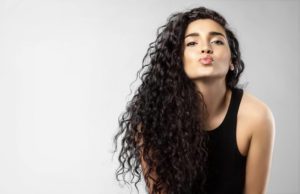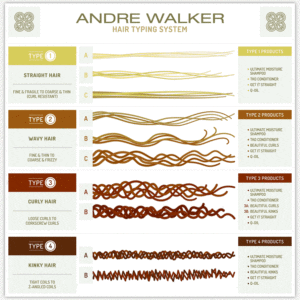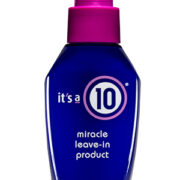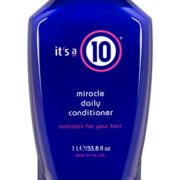Different Curl Types and How They Work
Different Types of Curls and How They Work
For every person with curly hair, each one has a unique curl type. Sometimes for one person, there’s more than one curl type in their hair. Some of these curls can be in the 1 range, which are much looser curls than those in the 4 range. The 1 range consists of straight and fine hair meaning it is thin and does not curl on its own. The 4 range includes the tightest curls on the spectrum. “Kinky” can be another word to refer to these curls as they are thick and require more product than other curl types. The letters A,B, and C are partnered with the numbers 1,2 and 3 to represent the level of tightness of each curl type. For instance, 3C curls are tighter than 3A curls because “C” is higher in the curl chart. This curl chart was created by Oprah Winfrey’s hairstylist, Andre Walker, who created a standard in the hair industry that was inclusive of all hair types.
1 (A, B, C) Curls:
This is the loosest hair type in the chart. Type 1 hair is mostly straight and can only produce curls if manipulated. However, the curls won’t stay for too long if an appropriate styling product isn’t used. A good holding product for type 1 curls is the DevaCurl Styling Cream as it is soft and gives these curls a frizz-free convenient hold. This hair type has the tendency of being thin and rarely has elasticity. It produces the best results when worn straight as the natural oils produced from the scalp reach down to the hair shaft. Although type 1 hair is still loose, 1C hair can produce wavy curls.
2 (A, B, C) Curls:
Type 2 curls are usually considered the first curls in the curl chart as they are curly, just not as tight as type 4 curls. Type 2 curls are usually wavy and resemble beach curls. This hair type isn’t as frizzy and weighs down if too much product is applied. Softer hair products are recommended for this hair type like the Curlfection Lite Hold cream Gel– it won’t weigh your hair down and it works well with thinner to medium hair giving hold. Type 2 curls are typically easier to manage as they don’t have a lot of shrinkage, meaning they are easier to style.
3 (A, B, C) Curls:
Type 3 curls are amongst the most common curl types. This curl type is the happy medium between type 2 and type 4 curls. It is flexible but thick- meaning it can be a hit or miss when using different products to style this hair type. This curl type needs frequent moisture as it has the tendency of becoming dry sometimes. These curls usually form an “S” shape and/or ringlets based on the higher you are in the chart. Styling milks and creams work best on this hair type as long as the product is evenly distributed to ensure full coverage. It is common for different curl types to exist within this pattern, such as 4A curls towards the bottom of the hair.
4 (A, B, C) Curls:
The type 4 curl patterns are best known for being the tightest in the chart. Type 4 hair is very thick, needs more moisture than type 3 hair, and has fewer cuticle layers than other curl types. This hair type has a high density and is very fragile. When styling type 4 hair, a lot of product must be used and should be distributed starting from the roots. The Curls Blueberry Bliss is a great product line for this type of hair as their products have strong hold and provide definition to each curl. The Blueberry Bliss Curl Control Paste is a good product for 4 hair types because it won’t make your hair crunchy but it will still moisturize it and give it a sheen. The Curl Control Jelly from this line has similar effects but it focuses on defrizzing your curls and give them a softer feel. What is best about type 4 hair is that it has a natural hold meaning a lot of manipulative styles can be done and this hair type will hold them effectively.




